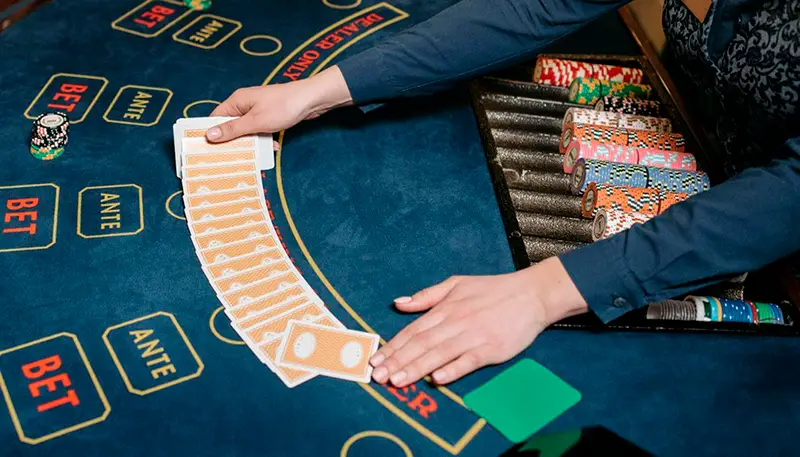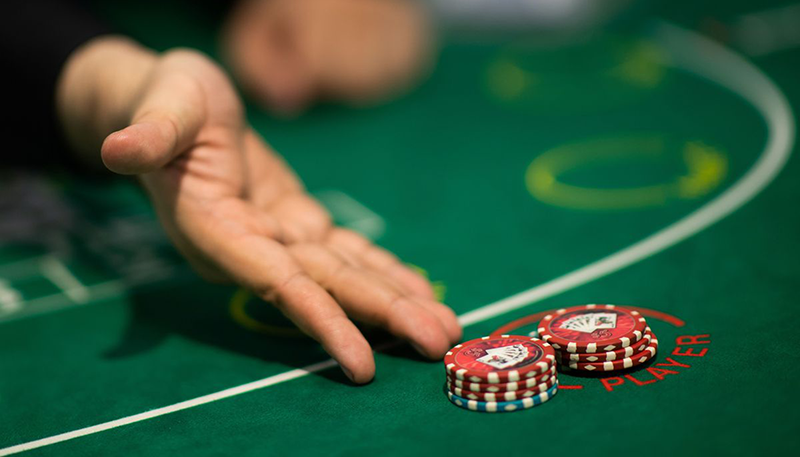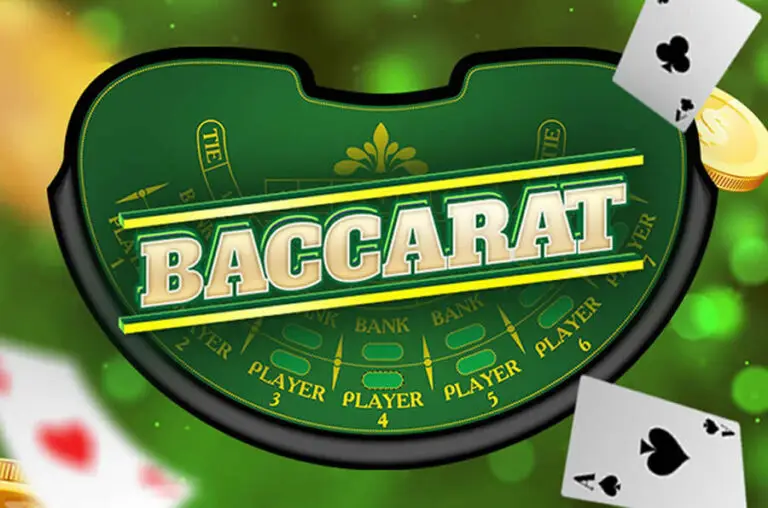Baccarat is a card game that combines elegance and mathematical solutions. One of its key aspects is the third card rule. It determines when a player or banker should draw an extra card. The automated process affects the betting tactics, the odds of winning and the final outcome of the hand.
By understanding the third card rule in baccarat, you can better control the game, minimise risks and use the most effective strategies. Regardless of the format – land-based or online casino, knowledge of the mechanics gives a tangible advantage. Let’s go into more detail in this article.
What the third card rule means in baccarat and why it decides the outcome of the game
Baccarat is a game of chance in which the third card rule is important. It is fundamental, and affects the outcome of each round.

It is important for the player to realise that the rebound is governed not by his personal decisions, but by strictly defined rules. If the sum of the points on the first two cards is between 0 and 5 – surrendering a card is mandatory. If the participant already has 6 or 7 points, no additional one is taken. The same rule applies to the banker, but with some nuances.
This mechanism balances the game, making it less dependent on chance and more predictable. To maximise your chances of success, it pays to understand the details.
How the third card rule works: detailed explanation
The algorithm for getting an extra card depends on the current point values of both sides. It is as follows:
- A player takes a card if his total is between 0 and 5. Otherwise he stays where he is.
- If the player does not get enough, the banker follows the same rules.
- When a player draws a card, the banker receives it only under certain conditions. If the dealer has 3 points, he gets it, except when the new card of the participant is 8.
The algorithm is similar to an automatic gearbox: decisions are made without participation, but depend on the initial conditions. The player only has to follow the course of the game, not decide when to pull a card.
What other rules a baccarat player should know
 The natural hand is a key point in the rules of baccarat. If a player or banker has 8 or 9 points on the first two cards, no third card is dealt. This is called a natural hand, and it instantly ends the round.
The natural hand is a key point in the rules of baccarat. If a player or banker has 8 or 9 points on the first two cards, no third card is dealt. This is called a natural hand, and it instantly ends the round.
Another important concept is the draw. There are three possible outcomes in baccarat:
- the contestant wins;
- the banker wins;
- draw.
Although this situation is less common, many players prefer to bet on this very result because of the high payout odds.

Baccarat betting is not limited to the choice between the player and the banker. There are several types of side bets that allow for additional winnings. Most strategies focus on standard outcomes.
Strategies to win at baccarat
Choosing an effective tactic depends on mathematical analysis, proper bankroll management and an understanding of probabilities. Since the third card rule in baccarat determines the gameplay, strategies are adapted to the conditions under which the extra cards are dealt.
Here are the most common tactics:
- Martingale system. It consists in doubling the bet after each loss. The mechanism works in such a way that after the first win all previous losses are compensated. You should take into account possible restrictions on the maximum bet size set by the establishment. In addition, a long losing streak can quickly deplete the bankroll.
- Flat Betting. A tactic in which the bet size remains the same regardless of the outcome of the rounds. This reduces the risks and allows you to play longer, controlling the money. The method is effective for those who aim to reduce risks and count on the probability of winning in the long term.
- System 1-3-2-6. It is based on consecutive increase of bets in case of victories. The first round – 1 unit of bet, the second – 3, the third – 2, the fourth – 6. If at any stage there is a loss, the cycle starts again. This approach allows you to increase profits with a successful series of wins, without exposing the bankroll to excessive risks.
- Banker betting strategy. According to statistics, it has the highest chance of winning – about 50.68%. This makes the bet the most profitable in the long run. The commission on the banker’s winnings is 5%, but even with this, the method remains one of the most efficient.
- Card Monitoring. Some professional players track trends and patterns of card draws. Although baccarat is considered a game of luck, understanding the probabilities of certain card combinations can give you an added advantage.
Understanding the third card rule in baccarat allows you to choose the most appropriate strategy, as some systems take into account the probability of when an extra card will be dealt. Proper betting management and analysing the game significantly increases the chances of success.
Why it is important to know the third card rule in baccarat
 Baccarat at online casinos has the same mechanics as in land-based establishments. However, understanding the third card principle gives you an advantage even if the gameplay is automated.
Baccarat at online casinos has the same mechanics as in land-based establishments. However, understanding the third card principle gives you an advantage even if the gameplay is automated.
In many online versions of baccarat, strategies can be used. Knowing the rules of the game reduces the risk of mistakes and increases the efficiency of betting. The online format gives the opportunity to test different approaches, but without understanding the basic principles, the probability of mistakes increases.
 en
en  ru
ru  de
de  ar
ar  es
es  nl
nl  hi
hi  fr
fr  it
it  pt
pt  el
el 



